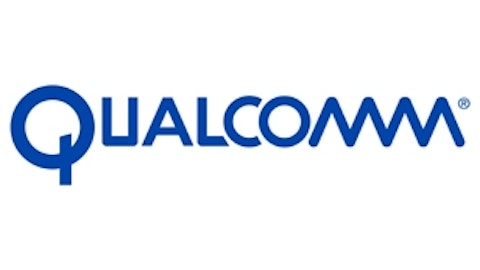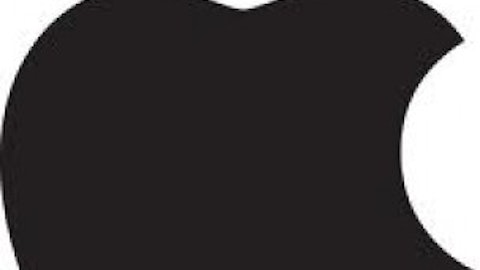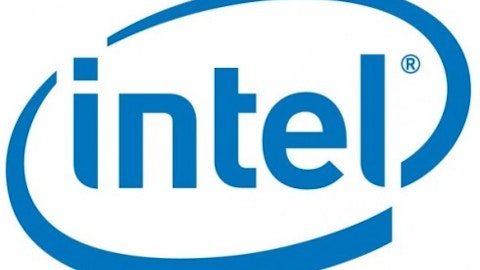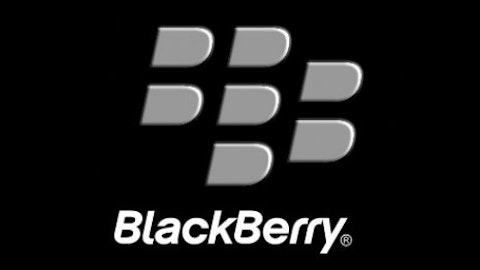Mobile-chip giant, QUALCOMM, Inc. (NASDAQ:QCOM) has been a safe bet throughout the last decade for its investors. Its dominance in the mobile sector makes it an investor’s darling, as it’s the sector of technology that has traction, and it is still gaining traction. Let’s see why Qualcomm stands tall over its competition.
QUALCOMM, Inc. (NASDAQ:QCOM) has been a market leader in manufacturing LTE chips for smartphones and held nearly 86% of the total market for LTE chipsets in 2012. Moreover, it’s the market leader in mobile device graphics processing unit (GPU), with over 25% of the market share last year.
In its second quarter (2Q) 2013 report, Qualcomm generated robust revenue from its licensing and wireless business. The company’s shipments surged 14%, to 173 million mobile chips, compared to last year, sending its revenue 24% higher year over year (YoY), to $6.12 billion. The growth in third-quarter revenue is expected to mount by about 25%.
QUALCOMM, Inc. (NASDAQ:QCOM)’s chips power HTC One, Samsung Galaxy S4 models, the Optimus G Pro, and many other high end phones, making the company’s prospects bright. Currently, the quad-core version of Qualcomm’s APQ8064 chip powers Google Nexus 7, Nokia Lumia 925, and Sony Xperia Z, among others. Its dual-core version is present in most of the high-end Windows Phones and many other Android phones.
The company is expected to maintain dominance with its Snapdragon 800, which is to be launched later in 2013. The Snapdragon 800 is created on TSMC’s 28-nano meter HPMprocess, which allows the CPU’s core to run at 2.3GHz. Krait 400, a new version of the core, is used in Snapdragon 800, which will be up to 40% better than the Snapdragon S4 Pro in terms of performance.
The hush about Samsung
Samsung’s latest flagship phone,the Galaxy S4, is powered by QUALCOMM, Inc. (NASDAQ:QCOM)’s Snapdragon chips in many different markets. As Samsung’s S4 sales are not meeting expectations its share price fell 6% last Friday and might be affected further as the South Korean conglomerate has also seen falling orders. Moreover, the company has introduced lower-end versions of its Galaxy S4, the Galaxy S4 Mini to combat declining sales of the Galaxy S4, but it would weigh down its margins and revenue.
Analysts expect QUALCOMM, Inc. (NASDAQ:QCOM) to be affected by reduced shipments of the S4 as it is a key supplier for its semiconductor chips. Further, the supply of semiconductor chips for the cheaper Galaxy S4 Mini would reduce royalties to Qualcomm. I believe this should not affect Qualcomm to a great extent as it has a diversified portfolio of clients including another major player and Samsung’s core competitor,Apple, as its client. Moreover, if share prices are reduced due to any reason, I see it as a buying opportunity.
Is it really competitive?
Intel Corporation (NASDAQ:INTC) competes with Qualcomm in the semiconductor industry. It is a veteran company in the computer segment and it is continuously trying to improve demand for its chips in the mobile segment.
The company’s success depends greatly on the performance of Silvermont processor, which will come with a 22nm SoC (System on Chip) technology, supposedly better in terms of power efficiency. Silvermont will also be three times more powerful than the current Saltwell generation of processors making itself, potentially,a strong competitor for Qualcomm.
Intel Corporation (NASDAQ:INTC)’s Silvermont is better than QUALCOMM, Inc. (NASDAQ:QCOM)’s processors on certain benchmarks, but due to Qualcomm’s economies of scale, it can price its processors times lower. Currently, as per AllthingsD, the Snapdragon is priced just at $20. This comparatively low pricing attracts other equipment manufacturers towards Qualcomm. Further, the upper hand in terms of price buys Qualcomm sufficient time to design better, more economical chips than Intel.
NVIDIA Corporation (NASDAQ:NVDA)‘s fourth generation Tegra chips are also expected competition to Qualcomm. In the fourth quarter, NVIDIA will come up with Tegra 4i which will be half the size of Snapdragon 800 processor. A significant progress will in actual be made next year when the 64-bit Tegra’s will hit the market.





